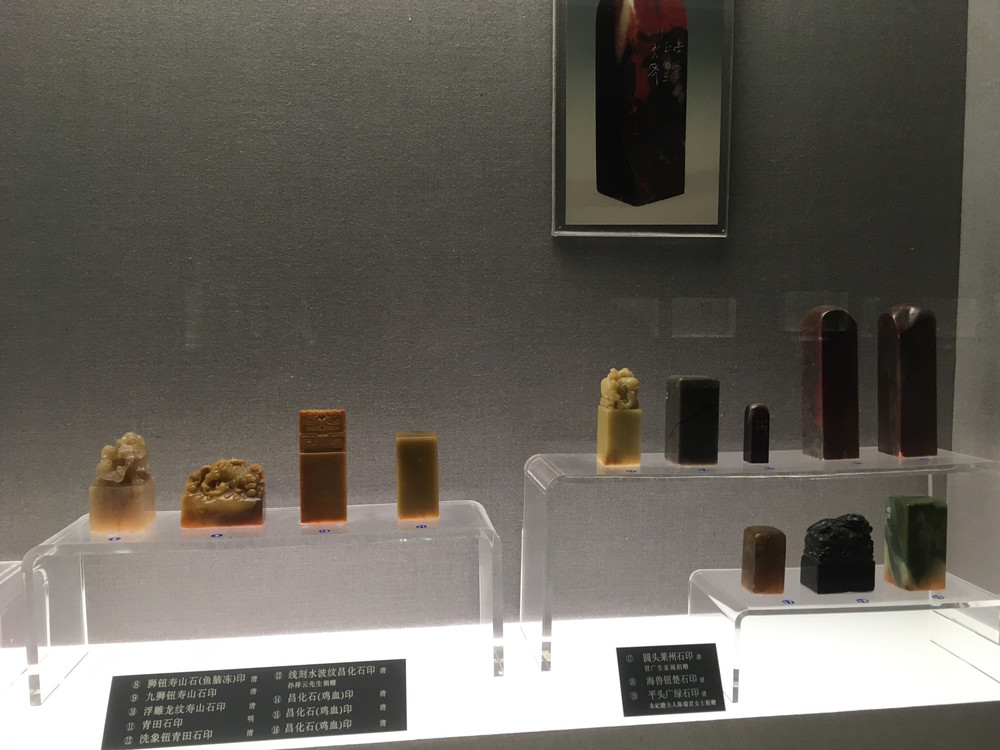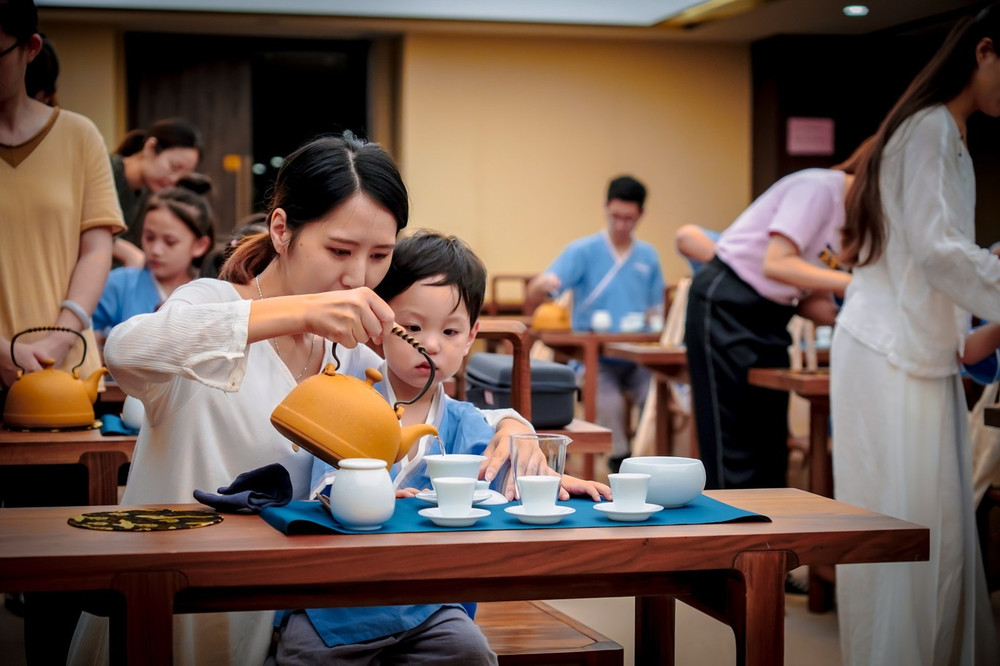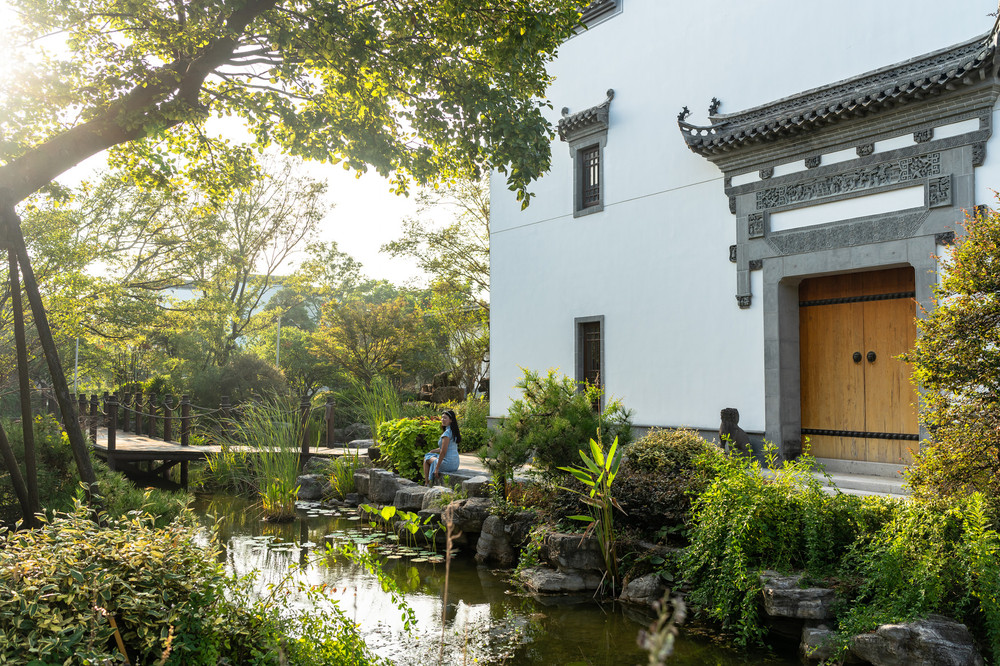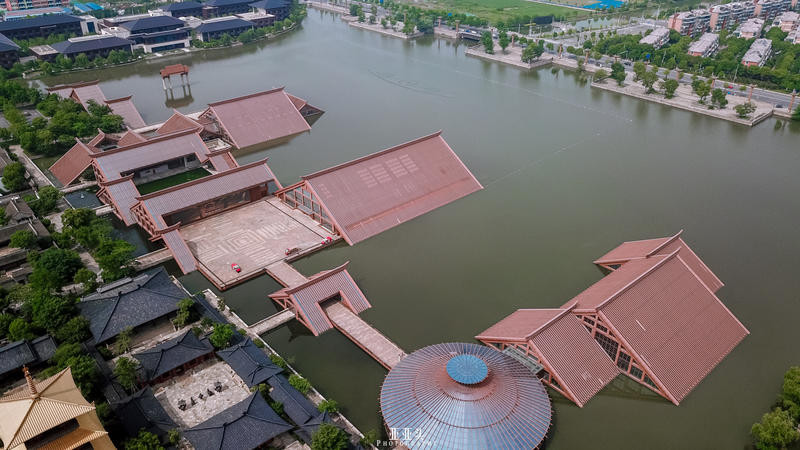**Duration: 1 Day | Time: January**

**With Whom:** Spouses
**Style of Travel:** Self-driving, Cultural, Free and Easy, Hiking, Budget Travel, Weekend Getaway
**Published On:** 2022-04-29 22:11
**Travel Location:** Shanghai Museum’s Chinese Seals Gallery
I always thought that ‘yinx’ referred exclusively to the emperor’s seals, and the word ‘yin’ seemed particularly prestigious. However, upon visiting the Seals Gallery, I learned that ‘yinx’ simply means seals, which are used to imprint on documents for verification or signing, and are also one of the representatives of traditional Chinese culture.
Changshu in Jiangnan has the Yu Mountain Seal School, and Hangzhou has the Xiling Seal Society, both famous for their seals. The Shanghai Museum houses over four hundred official and private seals from the Western Zhou to the Qing Dynasty, including various official seals from the pre-Qin and Han dynasties, as well as masterpieces from the masters of the Ming and Qing dynasties.
The Western Zhou’s spiral pattern seal is made of copper, with a raised part on the back cast with a nose-shaped button, and a hole in the middle for threading a rope to carry it. It is speculated that this seal might have been an emblem for a clan during the Western Zhou period. Archaeological discoveries at the Yin Ruins have found multiple Shang Dynasty copper seals, indicating that seals were already in use during the Shang Dynasty.
The ‘Xiongnu Prime Minister’ seal from the Warring States period is made of jade, with a lid-shaped button, and was made by the Zhao State in Sanya during the Warring States period to bestow upon the leader of the Xiongnu. ‘Prime Minister’ means ‘Chancellor,’ indicating that the Xiongnu were originally vassals to the Zhao State. This seal can be considered the earliest visible official seal issued by the Central Plains dynasty to the surrounding minorities, with a stable structure of seal script.
The ‘Yu Jiang’ seal is a copper seal from the Warring States period with a nose-shaped button, not engraved with characters but with an image of a man with wings, snakes on both sides of the head, and a snake under each foot, representing the sea god Yu Jiang. This is a pictorial seal, also known as an image seal, and pictorial seals from the Warring States period generally have animal and mythological themes.
The ‘Yuan Ling Hou San Xi’ seal is made of copper with a pillar-shaped button, and surprisingly, the appearance is not too worn, which may also be due to the cultural relics restoration process. This type of seal is a special form of Chu-style seals, with two or three-part seals, meaning that the token and seal are held separately by two or three people, and the three seals must be combined to be valid, which is a very strict form of identification in ancient times. Although many parts of the three-part seals have been found, most cannot be perfectly combined. Currently, only two complete three-part seals are known.
The Western Han Dynasty’s ‘Wu Yi’ is a very beautiful jade seal with a lid-shaped button, and it is a representative work of the bird and insect script seals in the Han Dynasty. The ‘Wu’ character has a goose at the top and bottom, spreading its wings and singing loudly. The ‘Yi’ character seems like a swimming fish at the beginning and end, with bird and insect scripts engraved into the seal, which is very exquisite and unique.
The Eastern Han Dynasty’s ‘Wei Ba’ is made of jade with a lid-shaped button, and it is currently the largest existing private jade seal of the Han Dynasty. Wei Ba was a governor of Julu during the Eastern Han Dynasty and later held positions such as the Grand Commandant.
The ‘Zhu Zun’s Seal·Zhu Zun·Han Fu’ from the Western Jin Dynasty is a set of three seals made of bronze with a demon-warding button. A set seal is formed by combining two or three seals of different sizes, also known as a mother-child seal, which originated in the Eastern Han Dynasty and was popular during the Wei and Jin Dynasties, with deep and fine red script. These three seal scripts are typical of the red script seals of the Western Jin period.
The ‘Jin Gui Yi Di Wang’ gold seal was an official seal issued by the Western Jin Dynasty to the leader of the Di people. ‘Gui Yi’ is a type of commendatory title, and the king’s status is the highest, hence the gold seal was awarded. The surviving Han and Jin gold seals are rare.
The ‘She Ping Nong Wei Zhang’ silver seal from the Xinmang period is an official seal from that time. She Ping was the Zhangye Court of the Western Han Dynasty, renamed She Ping County during the Xinmang period. Nong Wei is an official title that was continued during the Xinmang era. This seal is quite novel even without looking at its content, just by looking at its appearance. The seal features a small turtle, which is very cute.
The Ming Dynasty’s ‘Wen Peng Carved Seventy-two Peaks Deep’ is an ivory seal, which was made in his early years. The two characters ‘Wen Peng’ are in cursive script, reflecting the aesthetic style of the late Ming Dynasty’s seal world.The ‘He Zhen Carved Xiao Tan Jian Qi Tu Ni Hong’, dating back to the 31st year of the Wanli era of the Ming Dynasty, is a Shoushan stone seal and one of the few genuine works of He Zhen that have survived to this day. He Zhen carved this seal for the Ming Dynasty literary scholar Zhu Zhifan, as a tribute to his literary prowess.
Moving on to the ‘Zai Ben Xiao Ke Mao Pi Jing Liu Mian Seal’, which was crafted in the second year of the Kangxi era of the Qing Dynasty. This Qingtian stone seal is unique for its ability to stamp eight seal faces, featuring inscriptions such as ‘Mao Xiang Pi Jing Private Seal’, ‘Chao Min’, ‘Mao Xiang’, ‘Pi Jing Shi’, ‘Zhen Shang’, ‘Xiao San Wu Jian Cang’, ‘Ren Ru Wang Yuan’, and ‘Feng Qi Duo Xing’.
The ‘Huang Yi Carved Xiao Song Suo De Jin Shi’ from the 39th year of the Qianlong era of the Qing Dynasty is made of Qingtian stone. Huang Yi, not to be confused with the contemporary fantasy writer, was one of the ‘Xi Ling Eight Masters’. This seal commemorates the discovery of the Han Dynasty’s ‘Li San Gong Shan Stele’ and its relocation to Longhua Temple for preservation. Huang Yi later used this seal on the rubbings of the steles he collected.
The ‘Wu Chang Shuo Carved Cang Shuo·Jun Qing Zhi Seal’, dating to the third year of the Guangxu era of the Qing Dynasty, is a Changhua chicken blood stone. It is a self-used seal of Wu Changshuo, a master of calligraphy and seal cutting in the late Qing Dynasty. One side is engraved with ‘Cang Shuo’, and the other with ‘Jun Qing Zhi Seal’. Made when Wu Changshuo was thirty-four years old, the wear on the seal face is a testament to his long-term use and love for this seal.
The ‘Hu Jue Carved Ying Huang Yi Juan Xie Lan Ting’ seal, from the 31st year of the Guangxu era of the Qing Dynasty, is a representative work of the late Qing Dynasty seal cutter and calligrapher Hu Jue. Created with the theme of the world’s number one running script ‘Lanting Xu’, this seal is a masterpiece.
Lastly, the Qing Dynasty Zhao Zhiqian’s ‘Carved Ci Lan Tang’ is made of Qingtian stone and is a representative work of Zhao Zhiqian’s later years. It is a study seal he carved for his friend Pan Zuyin. Each side of the inscription is adorned with a dragon pattern, derived from and refined from the decorative patterns of Han Dynasty seals.
The Qing Dynasty’s ‘Duoluo Dingjun King Seal’ is a gold-plated silver seal with a qilin knob. The inscription is engraved in both Manchu and Han scripts. The qilin on the knob is depicted in a dignified and majestic posture, exuding an air of nobility and authority.









